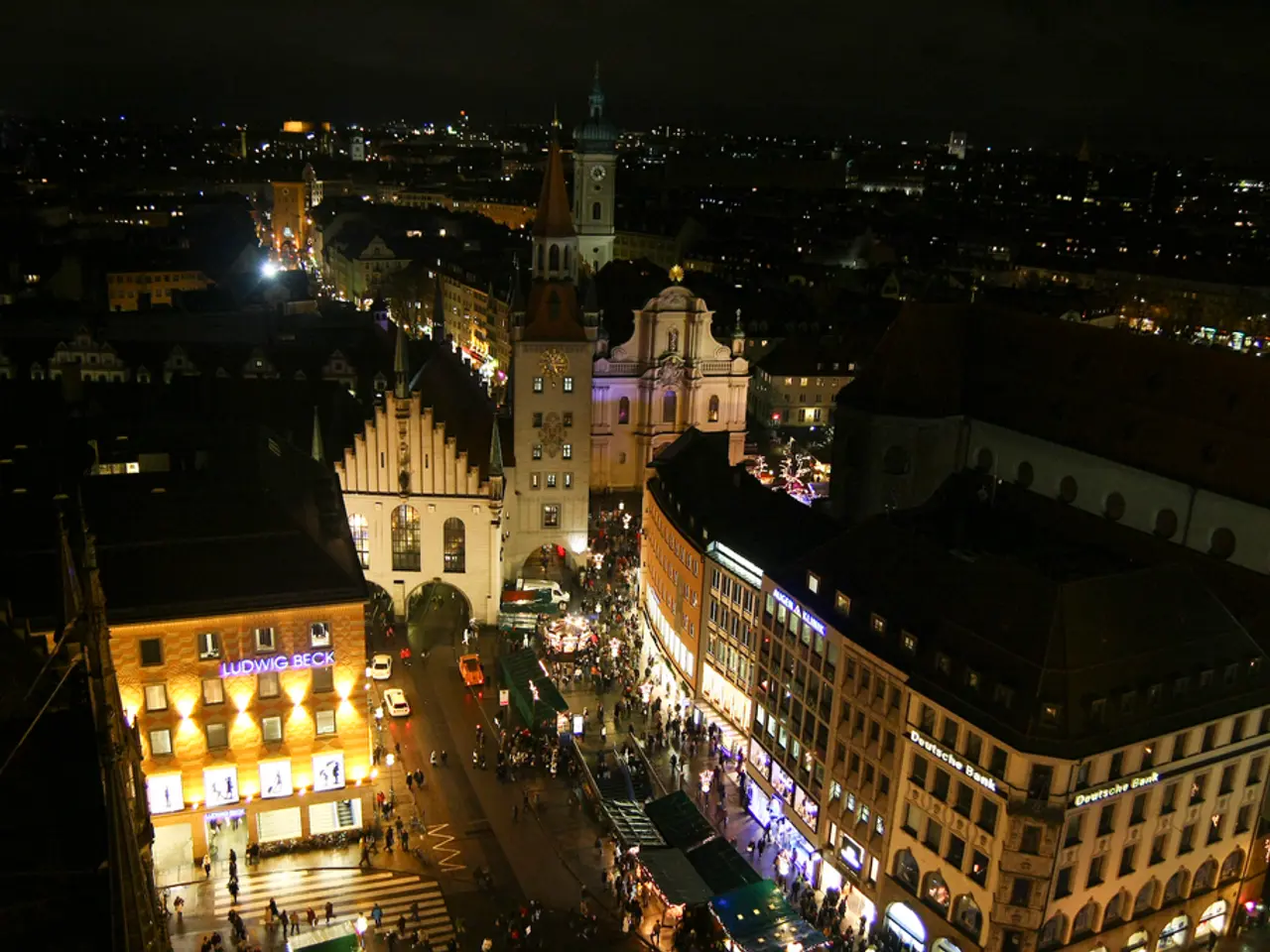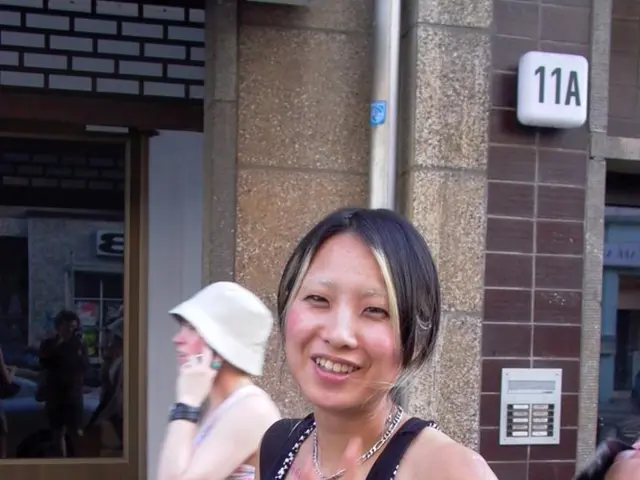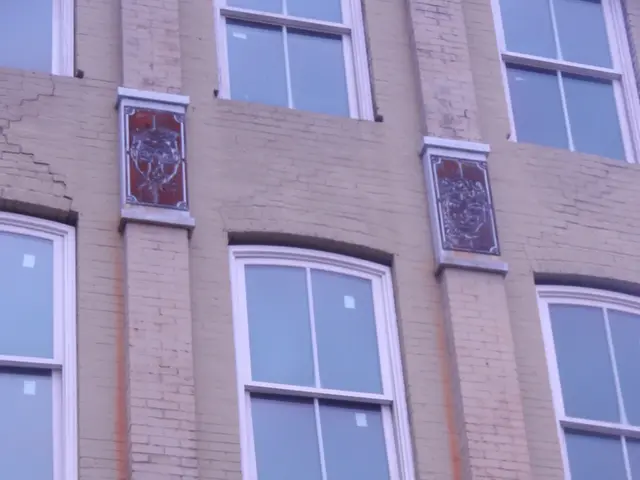Rafik Greiss's Photos Provide Fleeting Moments of Surreal Imagery
In the heart of Paris's 17th arrondissement, a chance meeting at La Maison café serves as an alternative studio visit for Dublin-born Egyptian artist Rafik Greiss, who is known for his unique approach to art and exploration of both traditional and non-traditional spaces.
Greiss's latest work, "The Longest Sleep" (2024), is a 12-minute film that blends slow-motion shots of a deserted merry-go-round with trance-inducing Sufi rituals celebrating the birthdays of walis, or Sufi saints. The film was realized over many nights spent with walis in Cairo, and its scenes echo those from James Baldwin's threshing floor.
Greiss's art practice is marked by a lack of identifying details of place or person, creating a portrait of his feral, roaming eye. His black-and-white photographs, printed on thick Japanese paper, feature crumbling urban architecture, decaying interiors, and a blurred lone figure. These images, shot low and at a distance, resemble flashes in a dreamscape.
Greiss's work transmits an aching loneliness, a theme that is further explored in his solo show at Galerie Balice Hertling, titled "The Longest Sleep." The exhibition featured photographs of string drawn around the wooden frame of an upright piano and a selection of found objects. One of the highlights was Lèvres Froides (Die Selektion Cover), 2024, a pair of slender doors from a residency in Tbilisi.
Greiss's interest in religion is evident in his work, as he references neurotheology in his art. Despite not growing up in a religious household, he expresses a fascination with the way the mind of a religious person works and believes that all religions are about confronting the fear of death.
Greiss often works outside the studio, using it mostly for storage. He has previously shared a space with painter Pol Taburet at the international artist residency POUSH, while preparing for a solo show at Galerie Balice Hertling in Paris. His work has been showcased in various art events and collaborations, such as participating in exhibitions alongside artists like Benoît Piéron and Philipp Timischl during Art Basel, and collaborating with Ser Serpas and Dora Budor in an art-based learning project.
Looking forward, Greiss plans to travel as soon as he sells the work from his last show and has mentioned Egypt as his next destination, citing a raw connection with urban space. He is currently fielding invitations for exhibitions at institutions around the Mediterranean basin.
For a more detailed understanding of Rafik Greiss's studio practice, it is beneficial to consult his official website, interviews, or direct descriptions from the artist himself.
- Rafik Greiss's upcoming exhibition might include his recent work, "The Longest Sleep," which is a blending of painting and installation art, as he plans to travel to Egypt after selling the work from his last show.
- Greiss's art practice extends beyond the traditional studio setting, as seen in his collaboration with Ser Serpas and Dora Budor in an art-based learning project, and his earlier shared space with painter Pol Taburet at the international artist residency POUSH.
- The lifestyle of traveling seems to influence Greiss's work, as he often uses non-traditional spaces like Cairo for the realization of his art, which delves into themes of religion and the fear of death.
- At Galerie Balice Hertling, Greiss displayed photographs of string drawn around an upright piano and found objects, capturing a sense of aching loneliness in his lifestyle photography, further exploring the themes present in his film, "The Longest Sleep."




